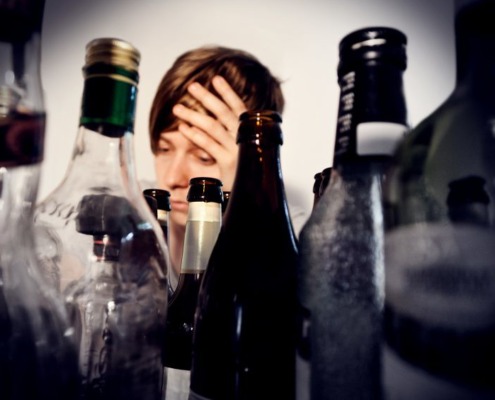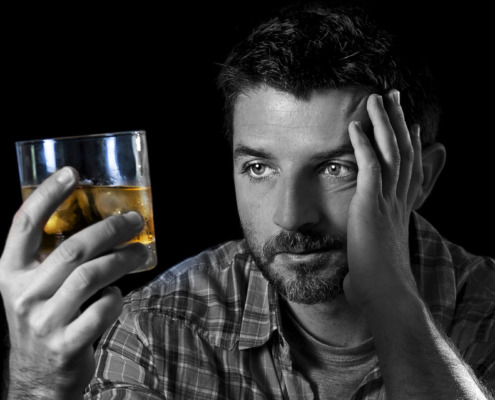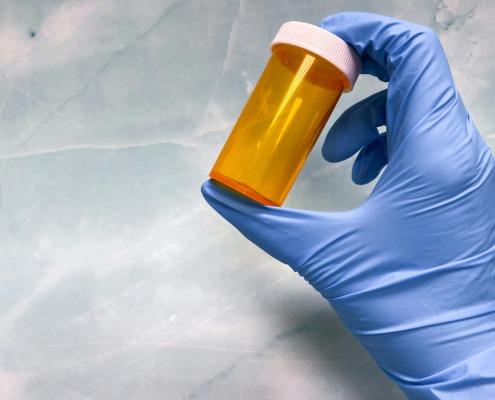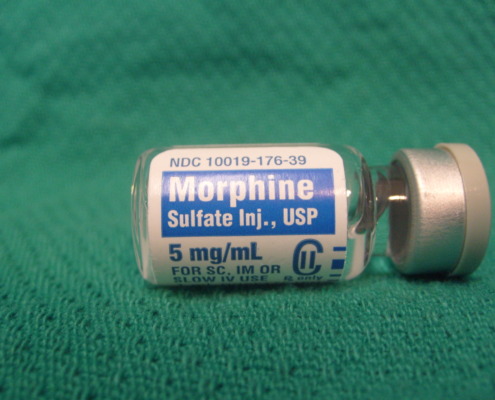
What Causes Alcohol Withdrawal Seizures?
Addiction, Blog, NewsCan Alcohol Withdrawal Cause Seizures?
When someone takes that first brave step toward sobriety, it's a cause for celebration. After all, each year more than 88,000 deaths are attributed to alcohol use disorder (AUD), and understanding the…

How to Detox From Alcohol
NewsQuitting alcohol is a significant step toward recovery, but the detox process can be challenging. Some individuals attempt to detox at home using various methods, while others seek medical supervision for additional support. While both approaches…

What Happens When You Stop Drinking Alcohol?
NewsHave you ever wondered what happens to your body when you stop drinking alcohol? Concerned about alcohol withdrawal symptoms? This guide offers answers.
Deciding to stop drinking alcohol can be a transformative step toward improving your overall…

How to Ease Alcohol Withdrawal Symptoms
NewsAlcohol withdrawal symptoms can be difficult and uncomfortable. Learn how to identify alcohol withdrawal syndrome symptoms and to manage the discomfort with our complete guide.
Has your alcohol consumption begun to take its toll on your physical,…

Identifying Alcohol Use Disorder: Criteria to Diagnose and Treat AUD
News
Alcohol use disorder (AUD) is a complex and widely recognized medical condition that affects millions of individuals worldwide. Characterized by an inability to control or limit alcohol consumption despite negative consequences, AUD can disrupt…

How Long Do Alcohol Withdrawals Last?
News
Learn to recognize alcohol withdrawal symptoms and understand the alcohol withdrawal timeline with our complete guide.
If you or someone you love is experiencing the physical and mental health issues associated with an alcohol use disorder,…

Am I An Alcoholic?
News
Have you ever found yourself questioning your drinking habits or wondering if alcohol is affecting your life more than it should? Recognizing the line between social drinking and alcohol use disorder can be challenging. In "Am I an Alcoholic?",…

Fentanyl Withdrawal Symptoms: Detecting Signs of Opioid Withdrawal
News
Fentanyl, a powerful synthetic opioid, is used medically for severe pain management but has also become a major player in the opioid crisis due to its high potency and potential for abuse. Withdrawal from fentanyl can be intense and challenging,…

How Long Does Crack Stay in Urine?
News
If you've ever asked the question, "how long does crack stay in urine?", this guide helps answer everything you need to know about crack cocaine, urine drug tests, and more.
Crack cocaine, a potent and highly addictive stimulant, presents…

How Long Does Morphine Stay in Your System?
News
If you've ever asked yourself the question, "how long does morphine stay in your system?", this guide will help answer any questions you might have about morphine, other opioid drugs, and addiction treatment options available
Understanding…

